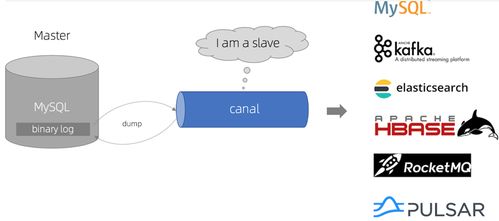Deep-Water Baiting: A Comprehensive Guide to Enhancing Your Fishing Experience
Fishing, an age-old pastime, has evolved into a sophisticated sport that requires a blend of patience, skill, and knowledge. One such skill that often separates the novices from the seasoned anglers is the art of deep-water baiting. This technique, often referred to as "纵深打窝" in Chinese, involves placing bait at greater depths to attract fish that are not readily accessible at the surface. In this article, we delve into the nuances of deep-water baiting, offering you a comprehensive guide to mastering this essential fishing technique.
Understanding Deep-Water Baiting
Before we dive into the specifics of how to execute a deep-water baiting strategy, it's crucial to understand why it's important. Deep-water fishing is often more challenging due to the lower oxygen levels and the presence of fewer visible cues for fish to detect prey. Therefore, it requires strategic placement of bait to ensure that it reaches the fish without being detected by predators or lost in the vastness of the water column.
Choosing the Right Equipment
The first step in successful deep-water baiting is selecting the appropriate equipment. Here are some key items you'll need:
Deep-Sea Rod and Reel: These specialized rods and reels are designed to handle the increased weight and resistance of deep-water fishing. Look for models that offer a strong backbone and a smooth drag system.
Heavy Line: A line that is too light will not be able to reach the desired depth and may break under the pressure. Opt for a monofilament or braided line that is rated for the depths you plan to fish.
Sinker: The sinker is the key to reaching the desired depth. Choose a sinker that is heavy enough to pull your bait down to the target zone but not so heavy that it hinders your ability to cast and retrieve effectively.
Leader Line: A leader line connects the sinker to your main line and helps to prevent tangles and protect your main line from abrasive surfaces.
Bait: The type of bait you choose will depend on the species you're targeting. Live bait, artificial lures, and even natural baits like worms or cut bait can be effective.
The Process of Deep-Water Baiting
Now that you have the right equipment, let's go through the steps of deep-water baiting:
Choose Your Spot: Research the area you plan to fish and identify areas where fish are known to congregate at deeper depths. This could be near structures like rocks, ledges, or drop-offs.
Set Up Your Equipment: Attach your sinker to the end of your leader line, followed by your main line. Then, attach your bait to the main line.
Cast Your Line: Cast your line out into the water, allowing the sinker to pull your bait down to the desired depth. Pay attention to the weight of your sinker and the depth of the water to ensure your bait reaches the target zone.
Patience is Key: Once your bait is in place, it's time to wait. Deep-water fish are often more cautious and may take longer to respond to your bait. Stay patient and keep an eye on your line for any signs of a bite.
Retrieve and Re-Bait: If you don't get a bite, it's important to retrieve your bait and re-bait. This helps to keep your bait fresh and increases your chances of attracting fish.
Advanced Techniques

For those looking to take their deep-water baiting to the next level, here are a few advanced techniques:
Use of Downriggers: Downriggers are devices that help you maintain a consistent depth while fishing. They can be particularly useful in windy conditions or when dealing with currents.
Adjusting for Currents: If you're fishing in an area with strong currents, you may need to adjust your depth to keep your bait in the same spot relative to the bottom.
Timing Your Bites: Fish are more active at certain times of the day, so timing your casts and retrieves can help increase your chances of success.
Experiment with Baits: Different baits work better in different conditions. Experiment with various types of bait to see what works best in your specific fishing environment.
In conclusion, deep-water baiting is a technique that requires practice and patience. By understanding the basics and incorporating advanced techniques, you can enhance your fishing experience and increase your chances of landing that big catch. Whether you're a seasoned angler or just starting out, mastering the art of deep-water baiting will undoubtedly add a new dimension to your fishing adventures.












